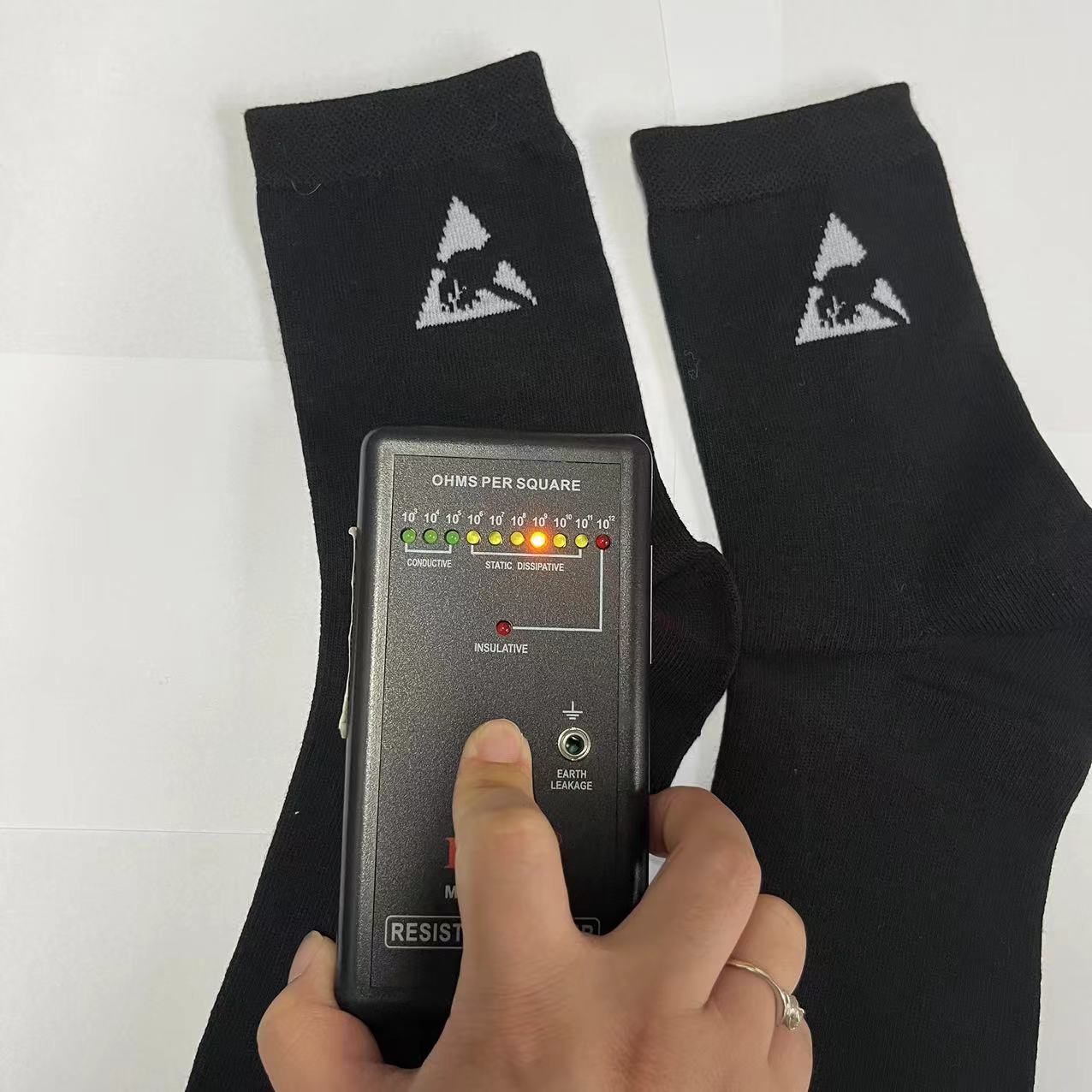Contact Us
Address: 2424 Room 2424, Building 1, No. 1 Yile Road, Songshan Lake Park, Dongguan City, Guangdong Province
Tel:+8615602453032
Email:info@anti-sk.com

ESD products
- ESD Mat
- ESD Magazine Rack
- ESD Corrugated Box
- ESD Tape
- ESD Packing
- Pink Anti-static PE Tubing
- ESD Static Shielding Bag
- ESD Pink PE Bag
- ESD Circulation Rack
- ESD Tweezer
- ESD Brush
- ESD Stationery
- ESD Safe Bottles
- Wafer Spacer
- ESD Waste Bin
- ESD Trash Can Liners
- Earth bonding Plug
- Anti-static Velcro Straps
- ESD Plastic Pallet
- ESD SMT PCB Trolley Cart
- ESD Fabric
- ESD Wrist Strap
- ESD Heel Strap
- Ground Lead Kit
- ESD Component Box
- ESD Circulating Box
- Silicon Gel Desiccant
- Conductive/Antistatic PP Straps
Cleanroom products
- Cleanroom Swabs
- Cleanroom Finger Cot
- Cleanroom Wiper
- Cleanroom Shoes
- ESD Curtain
- Cleanroom ESD Glove
- ESD Cleanroom Garment
- ESD Cleanroom Chair
- ESD Castor
- ESD Socks
- Cleanroom Cap
- ESD Clean room Sleeve
- ESD Cleanroom Bag
- Cleanroom Sticky Mat
- Silicon Sticky Mat
- SMT Stencil Roll
- Cleanroom Sticky Paper
- Disposable Non-woven Products
- ESD VACUUM CLEANER



